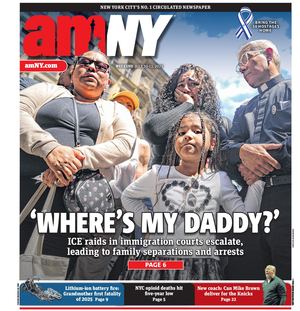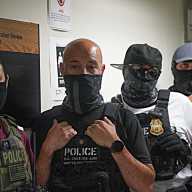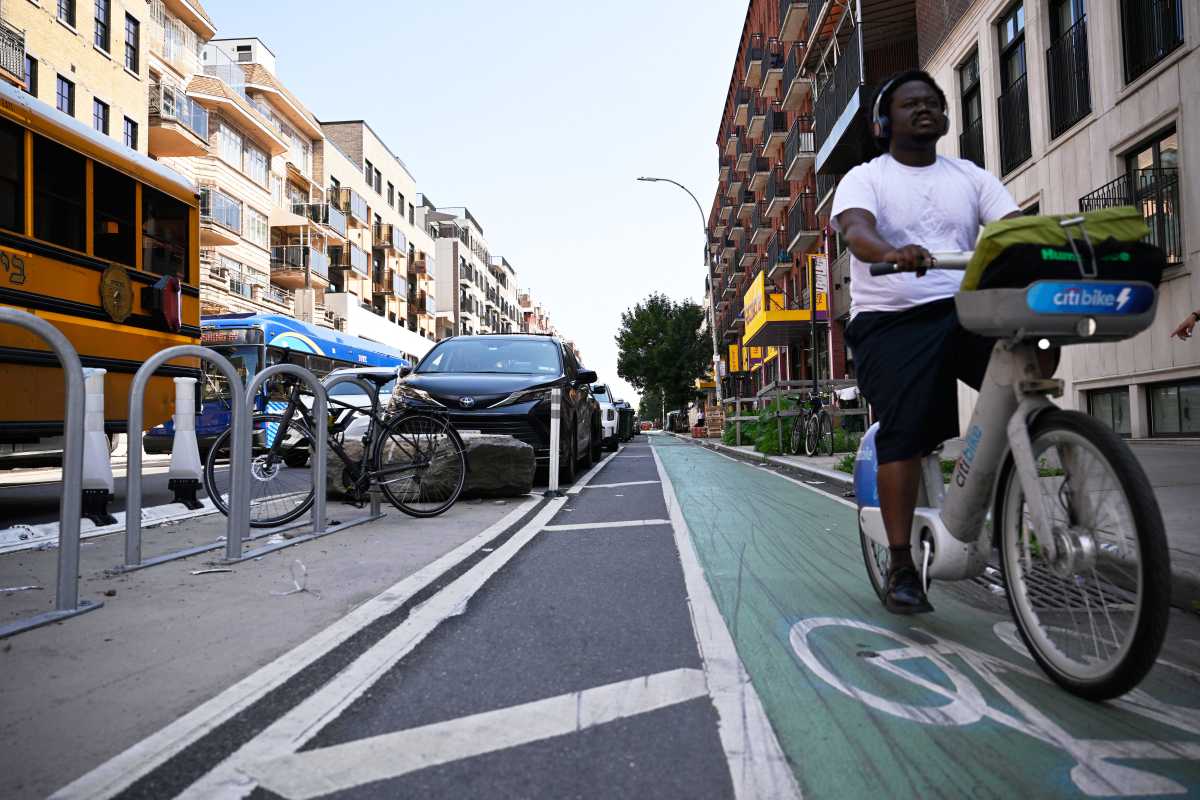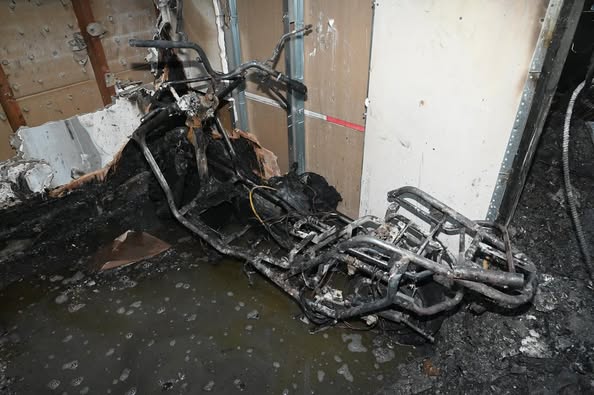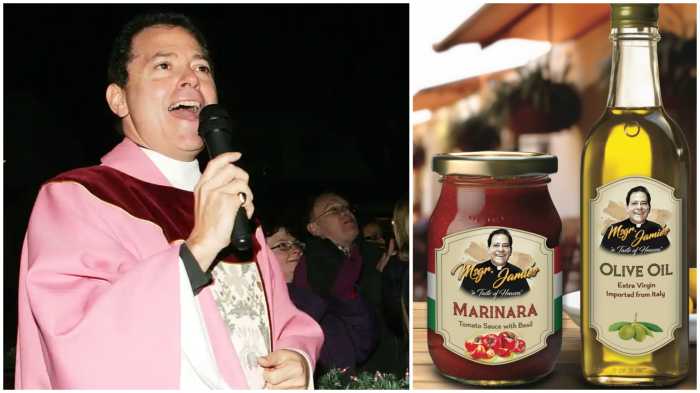By Charles Komanoff
Volume 22, Number 38 | The Newspaper of Lower Manhattan | January 29 – February 4, 2010
TALKING POINT
How to calculate & limit terror trial gridlock
The pending trials of alleged 9/11 mastermind Khalid Shaikh Mohammed and four confederates have thrown Lower Manhattan into a tizzy, for good reasons. Foremost, of course, is the dread of revisiting the horrors of that day, mingled with fears that the trials might lead to new attacks. Aggressive countermeasures planned by the N.Y.P.D., such as rooftop sharpshooters and helicopter surveillance, seem a sure bet to inflict collateral psychic damage on area residents and businesses as well.
Concerns are now rising that the hardened police presence on the ground will impede movement, snarl traffic and generally suffocate the area, pockets of which never recovered fully from police-ordered street closures and other 9/11 aftershocks. Certainly the peremptory shutting of Park Row continues to shackle Chinatown’s economy while leaving a bitter taste all over Downtown.
Two recent developments have brought new attention to traffic and other quality-of-life issues bound up with the pending trials.
First, Police Commissioner Ray Kelly last week disclosed the boundaries within which police will spot-check vehicles, restrict delivery times and otherwise impose a massive presence while the trials are in progress.
The “soft perimeter” is bounded by Canal and Frankfort Sts., Bowery and Broadway. An inner “hard perimeter” surrounding Foley Square will “include 2,000 interlocking metal barriers staffed by uniformed officers,” according to The New York Times.
Second, a proposal pushed by Community Board 1 chairperson Julie Menin to move the trials to Governors Island or elsewhere won the support of local politicians and was endorsed by the board Tuesday.
By my count, the soft perimeter includes around five-and-a-half linear miles of streets comprising 17 “lane-miles.” (These figures exclude Park Row and other streets already taken out of service by the N.Y.P.D. since 9/11.) Clearly, restricting vehicular travel on these streets will aggravate gridlock, but by how much, and at what “time cost” to travelers?
City Hall isn’t saying, of course. But using the Balanced Transportation Analyzer — an interactive spreadsheet model of New York City traffic I’ve created for renowned civic activist Ted Kheel — it’s possible to make a rough estimate.
The B.T.A. model has been used mostly to gauge the revenue and traffic impacts of different congestion pricing plans. But it can also predict traffic impacts when more cars are added to the road system, or when some streets are repurposed for other uses.
Let’s assume that the N.Y.P.D. restrictions will reduce the carrying capacity of the affected streets by one-quarter (one-half for more heavily patrolled streets within the inner section). In that case, the B.T.A. calculates that vehicles in the area will expend 2,200 additional hours stuck in traffic each and every weekday.
Scaled to a full year, that translates to $30 million in lost time for area motorists, truckers, taxi riders and bus passengers.
This may look like a mere drop in the gridlock bucket, which costs the region $13 billion a year, according to the Partnership for New York City. And it pales beside the estimated $200 million a year for police hardware and overtime. But locally, where most of the lost time will tick away, the impact will be tangible — particularly in Chinatown, the epicenter of post-9/11 business closings and a big part of the area targeted by the N.Y.P.D.
Yet the new gridlock during the trials could be mitigated, and perhaps even offset altogether, if the city took aggressive steps to reduce unnecessary car commuting into Lower Manhattan. Using the B.T.A., I calculate that eliminating 4,000 to 5,000 daily round-trips by car into and out of the Foley Square area would enable traffic to keep moving at current speeds, despite the expected travel restrictions.
That is, even with street capacity reduced by 25 percent throughout the N.Y.P.D.’s soft perimeter, traffic speeds could be kept constant via a 4,000 to 5,000-car reduction in commuting in the vicinity of Foley Square.
This calculation is extremely preliminary and should be firmed up by a street-level engineering analysis. And it could be upended by other disruptions. As noted by veteran engineer Brian Ketcham, who serves as a traffic expert for Community Board 3, upcoming work on the Brooklyn Bridge could force thousands of extra vehicles onto the Manhattan Bridge. Still more disruptions would result from digging under Chatham Square for the city’s third water tunnel, not to mention installing city D.O.T.’s controversial makeover for the square.
All of which necessitates bold steps to avert a traffic and economic nightmare for Chinatown and the Civic Center area.
The most effective immediate step, and the fairest as well, would be for the mayor to unequivocally declare and enforce zero tolerance for the placard abuse that in effect pays thousands of government workers to drive their single-occupant vehicles into Lower Manhattan.
Even today, despite a heralded crackdown or two, no one knows how many police officers, court officers, judges, assistant district attorneys, their enormous staffs, and assorted hangers-on continue to enjoy the coveted — and outrageous — free-parking placards. Nevertheless, it shouldn’t be too hard to pull thousands of these “perks” and thereby steer these workers onto the same subways, buses, bicycles and sensible shoes that the rest of us use to get to work in Lower Manhattan.
Not only would the benefit outlast the terror trial. Extirpating privileged parking from Lower Manhattan would also aid “upstream” communities whose streets and roads are clogged due to subsidized driving by government employees.
The alternative is to move the trial out of Lower Manhattan altogether, perhaps via the Menin plan, which received another boost this week from New York Times columnist Clyde Haberman. To his credit, Police Commissioner Kelly appeared open to considering Governors Island as a venue — at least before federal officials warned him off the idea, according to The Times.
If other sites for the trial are indeed off the table — and the feds’ arguments should be carefully scrutinized — Mr. Kelly’s good intentions should be channeled into terminating Placard World once and for all. It may not spare Downtown from the helicopters and the rest, but it would be an enduring boon to our quality of life.
Charles Komanoff, an economist, lives in Tribeca and works in the Financial District.
